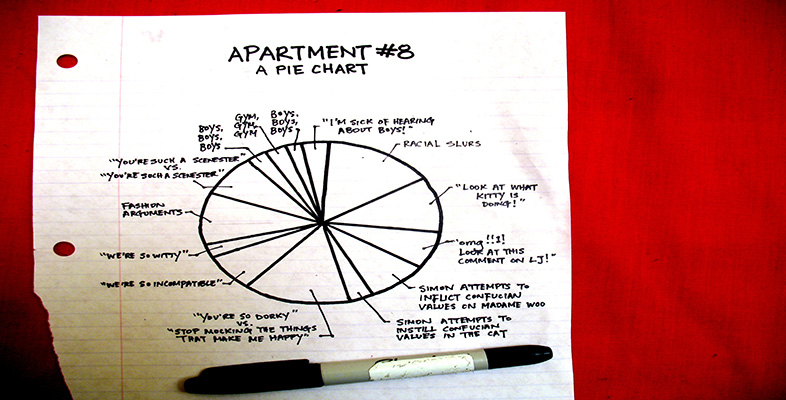5.2.2 Continuous variables
Not all numbers are discrete. Consider the following measurements:
-
times to run a marathon
-
temperatures recorded at intervals during a day
-
weight of each bunch of grapes sold at a supermarket yesterday.
Time, temperature and weight are all examples of numerical data, but there is not a restricted set of values that they can take. Whereas you can have 2 or 3 children in a family but not 2.5, with temperature it is possible to have not only 22 °C and 23 °C but also 22.1 °C, 22.25 °C, 22.97 °C as well. This type of variable is restricted only by the accuracy with which the measurement can be made. Such variables are known as ‘continuous variables’.
Continuous variables often relate to measured items.
Activity 10
Consider a randomly selected group of students living in the UK and continental Western Europe. You could collect information about, say, their hair colour and their occupation. What other characteristics of this group could you collect information about?
Discussion
Here is our list, you may be able to think of others: sex, age, height, number of children, weight, shoe size, year of birth, nearest city, colour of eyes, first language, country of birth. Each of these characteristics or variables will produce different sets of data, and each member of the group of students is likely to be different from at least one other member of the group for each of these variables. Some variables will have very few categories (e.g. sex has only two: male and female) and others too many to list (e.g. nearest city could include any city in Europe).
Activity 11
Now look at your list of variables for the students living in the UK and continental Western Europe and decide which are discrete and which are continuous.
Discussion
Here is our list:
-
discrete variables
-
sex
-
number of children
-
shoe size
-
nearest city
-
colour of eyes
-
first language
-
country of birth
-
year of birth
-
-
continuous variables
-
age
-
height
-
weight.
-
You might have found it difficult to decide where to put the variable ‘year of birth’. A year is a measurement of time and could be considered as a continuous variable. However, it is usual to consider a year as a whole number and record information relating to a complete year, which is why we have listed ‘year of birth’ as a discrete variable. There are no hard and fast rules about this; you will find the variables ‘year’ and ‘year of birth’ considered as both discrete and continuous variables.
